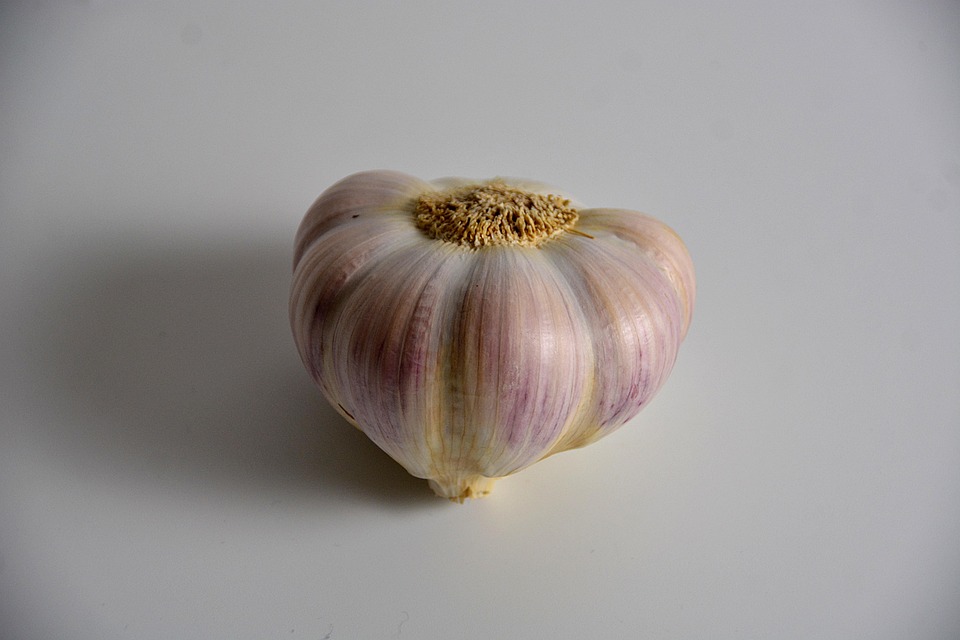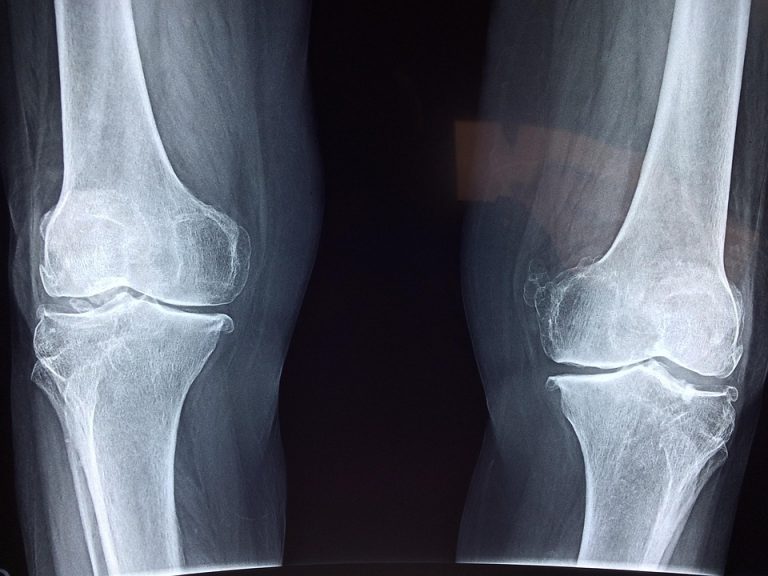Garlic for bones is not a slogan. It’s a promise your body hears when you feed it right. Here I’ll tell you how real garlic can strengthen your skeleton, blunt bone loss, and give you a practical plan to use it every week. This matters because your bones carry you — literally. If you love your life, you need strong bones. Period.
Contents
- Why Garlic For Bones Deserves Your Attention
- Seven Ways Garlic For Bones Boosts Bone Strength
- How To Use Garlic For Bones: Practical Tips
- Real-Life Results: Case Examples And Research
- Combining Garlic With A Bone-Friendly Plan
- How Much Garlic Is Enough?
- Garlic Myths Debunked
- Simple Weekly Plan To Start Using Garlic For Bones
- What The Experts Say
- Bottom Line
- FAQ
Why Garlic For Bones Deserves Your Attention
You’ve heard garlic heals everything from colds to cholesterol. Less talked about: garlic for bones is backed by biology. Garlic contains sulfur compounds, antioxidants, and substances that influence hormones and inflammation — all factors that directly affect bone remodeling.
Researchers studying bone health point to garlic’s ability to influence estrogen levels and reduce inflammatory markers, which helps preserve bone density as you age. If your bones feel fragile or you’re worried about osteoporosis in your family, garlic is one powerful, affordable option you can start using tonight.
How Garlic Works On Bone Biology
Your bones are alive. Cells called osteoclasts break bone down; osteoblasts build it back up. When the balance tips toward breakdown, bones weaken. Garlic nudges that balance in your favor.
- Garlic’s sulfur compounds help decrease enzymes that encourage bone breakdown.
- Garlic’s antioxidants lower inflammation that otherwise accelerates bone loss.
- Garlic may influence estrogen-like pathways, which shield bones — important for women after menopause.
This isn’t magic. It’s chemistry. And when you combine garlic with other bone-supporting habits, the effect is real.
Seven Ways Garlic For Bones Boosts Bone Strength
Below are seven clear, science-informed ways garlic supports your skeleton. Each one is actionable. Read them and pick two to start this week.
1. Reduces Inflammation That Eats Bone
Inflammation is a thief. Chronic inflammation speeds bone loss by ramping up osteoclasts that chew your bone. Garlic contains compounds that dial down pro-inflammatory signals.
When you add garlic to meals, you lower the steady hum of inflammation in your body. That helps protect the scaffolding of your bones over the long haul.
2. Supports Hormonal Balance Important For Bone
Estrogen and other hormones help maintain bone density. Studies suggest garlic can boost estrogen-like activity or reduce estrogen loss, especially in postmenopausal models.
If you’ve reached a life stage where hormones are shifting, putting garlic on your plate may be a small, consistent support that matters.
3. Encourages Osteoblast Activity — The Builders
Garlic doesn’t just slow the bad guys; it helps the builders. Certain garlic compounds encourage osteoblasts to lay down new bone. That means garlic supports both preventing loss and promoting gain.
Think of garlic as a helpful foreman on a construction site — it helps direct bone repair and growth.
4. Helps Maintain Calcium Utilization
Calcium matters, but so does how your body uses it. Garlic assists systems that regulate calcium uptake and retention, which is essential to keep bone mineral density up.
Pair garlic with calcium-rich foods and vitamin D, and you’ve got a far more effective strategy than relying on supplements alone.
5. Lowers Oxidative Stress That Weakens Bone
Free radicals damage cells, including bone cells. Garlic’s antioxidants scavenge harmful molecules, helping preserve the lifespan and function of bone-building cells.
This oxidative protection adds up over years and decades, quietly preserving strength.
6. Improves Circulation To Nourish Bone
Good blood flow matters for bone health. Garlic supports vascular function and circulation, which improves nutrient delivery to bone tissue.
Better circulation means more oxygen and nutrients reach remodeling sites, so bones repair faster and stay healthier.
7. Works With Lifestyle Habits You Already Do
Garlic is not a standalone cure. It works with exercise, vitamin D, calcium, and weight-bearing movement. But its beauty is how easily it slots into your life.
Add garlic to stir-fries, roasted veggies, soups, or vinaigrettes. Use it daily, and you’ll be stacking the odds in favor of strong bones.
How To Use Garlic For Bones: Practical Tips
Start simple. I’m a believer in foods you can actually love eating.
- Roast a head of garlic and spread the soft cloves on whole-grain toast or baked sweet potato. That gives you a mellow, delicious dose that’s easy to eat daily.
- Mince fresh garlic into dressings or stir-fries so you get raw and cooked benefits throughout the week.
- Try fermented garlic or black garlic for a sweeter flavor and different antioxidant profile.
- If you don’t tolerate raw garlic, use it cooked or consider a standardized garlic supplement after talking to your clinician.
Consistency matters more than quantity. Small, daily habits beat occasional extremes.
Safety And Interactions You Should Know
Garlic is generally safe, but it’s potent. It can thin the blood and interact with anticoagulants or certain medications. If you’re on prescription drugs, pregnant, or preparing for surgery, talk to your healthcare provider before starting a high-garlic routine.
Garlic can also cause digestive upset in sensitive people. Titrate up slowly and notice how your body responds.
Real-Life Results: Case Examples And Research
I like stories because science needs a human face.
A community study observed better bone markers in people who regularly used allium vegetables, and lab research shows garlic compounds can preserve bone in animal models. Experts at major institutions note garlic’s role in lowering inflammation and supporting cardiovascular health — both relevant to skeleton health.
If you want the specifics, the National Center for Complementary and Integrative Health and Harvard’s Nutrition Source summarize the evidence clearly, and PubMed holds multiple clinical and preclinical studies that track garlic’s influence on bone-related pathways.
Combining Garlic With A Bone-Friendly Plan
Garlic helps, but it’s not a solo act. Combine it with:
- Adequate vitamin D (sunlight and supplements if needed).
- Calcium-rich foods like yogurt, sardines, and leafy greens.
- Regular weight-bearing exercise: walk, lift, and balance.
- Avoid smoking and limit alcohol.
This multiplies garlic’s impact. Think of garlic as the steady friend who shows up every day while you do the heavy lifting.
How Much Garlic Is Enough?
There’s no one-size-fits-all dose, but aim for one clove a day as a reasonable, tasty target. If you prefer supplements, choose a standardized garlic extract and follow the product guidance. Most trials use amounts equivalent to one to two cloves per day.
Listen to your body. If one clove feels like too much, start with half and build up.
Garlic Myths Debunked
Myth: Garlic will fix bone disease overnight. False. Garlic supports bone health over time.
Myth: Only raw garlic works. False. Cooked garlic retains benefits, and roasted or fermented varieties offer unique compounds.
Myth: Garlic replaces medical treatment. False. Garlic is an evidence-supported adjunct, not a replacement for medication when needed.
Simple Weekly Plan To Start Using Garlic For Bones
- Monday: Roast a head of garlic for week-long use on salads and toast.
- Tuesday: Add minced garlic to a stir-fry with leafy greens and sardines.
- Wednesday: Make a garlic-yogurt dip for veggies (garlic + calcium-rich yogurt).
- Thursday: Toss garlic into a tomato-based soup with beans and kale.
- Friday: Grill garlic-marinated chicken with roasted Brussels sprouts.
- Saturday: Try black garlic on avocado toast for a treat.
- Sunday: Prepare a garlic vinaigrette for your week’s salads.
Small rituals build big results.
What The Experts Say
Nutritionists at top academic centers recognize garlic’s anti-inflammatory and vascular benefits. Bone specialists point out that any food that reduces inflammation and supports hormones can help preserve bone. That’s exactly where garlic slots in. If you want to read deeper, reputable sources like Harvard’s Nutrition Source and NIH’s NCCIH review the human evidence and biochemical mechanisms.
Bottom Line
Garlic for bones is a smart, affordable strategy you can taste and enjoy every day. It reduces inflammation, supports hormones, encourages bone-building cells, helps calcium use, and improves circulation — all while fitting easily into meals. Use garlic consistently, pair it with vitamin D and resistance exercise, and talk to your clinician if you’re on blood thinners. Your bones will thank you.
Be bold. Add garlic to tonight’s dinner and start building strength from the inside out.
FAQ
Is garlic safe for long-term use for bone health?
Yes, for most people garlic is safe long-term when used as a food. If you take blood thinners or have surgery planned, check with your doctor first.
Can garlic replace calcium or vitamin D supplements?
No. Garlic complements calcium and vitamin D but does not replace them. Think of garlic as one important part of a broader bone-health plan.
Does cooked garlic still help bones?
Absolutely. Cooked garlic retains beneficial compounds, and different preparations (raw, roasted, black garlic) each bring unique benefits.
How soon will I see results for bone strength?
Bone changes are gradual. You may notice inflammatory benefits or better digestion quickly, but measurable bone density changes take months to years. Consistency matters.
Are garlic supplements as effective as fresh garlic?
Supplement quality varies. Some standardized extracts are useful, but fresh garlic provides a complex mix of compounds hard to replicate. If you use supplements, choose reputable brands and consult your healthcare provider.
— — —
Visual lien and to paragohras
References
The National Center for Complementary and Integrative Health provides an overview of garlic, its uses, and potential interactions (https://www.nccih.nih.gov/health/garlic).
Harvard T.H. Chan School of Public Health discusses garlic’s nutritional profile and health effects, including anti-inflammatory properties relevant to bone health (https://www.hsph.harvard.edu/nutritionsource/food-features/garlic/).
PubMed hosts peer-reviewed studies on garlic and bone-related research, useful for digging into specific mechanisms and clinical trials (https://pubmed.ncbi.nlm.nih.gov/?term=garlic+bone).
The National Institute of Arthritis and Musculoskeletal and Skin Diseases offers authoritative information on osteoporosis and bone health strategies to pair with dietary approaches like garlic (https://www.niams.nih.gov/health-topics/osteoporosis).








